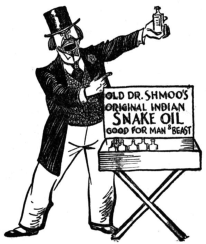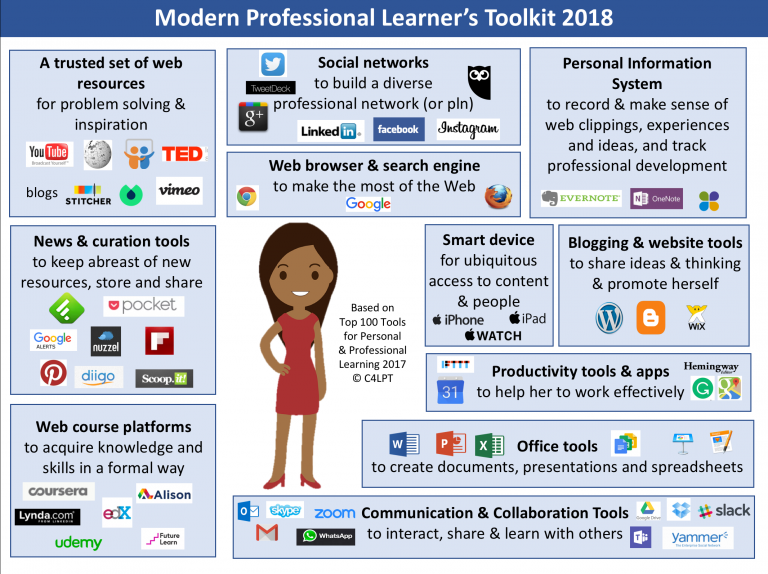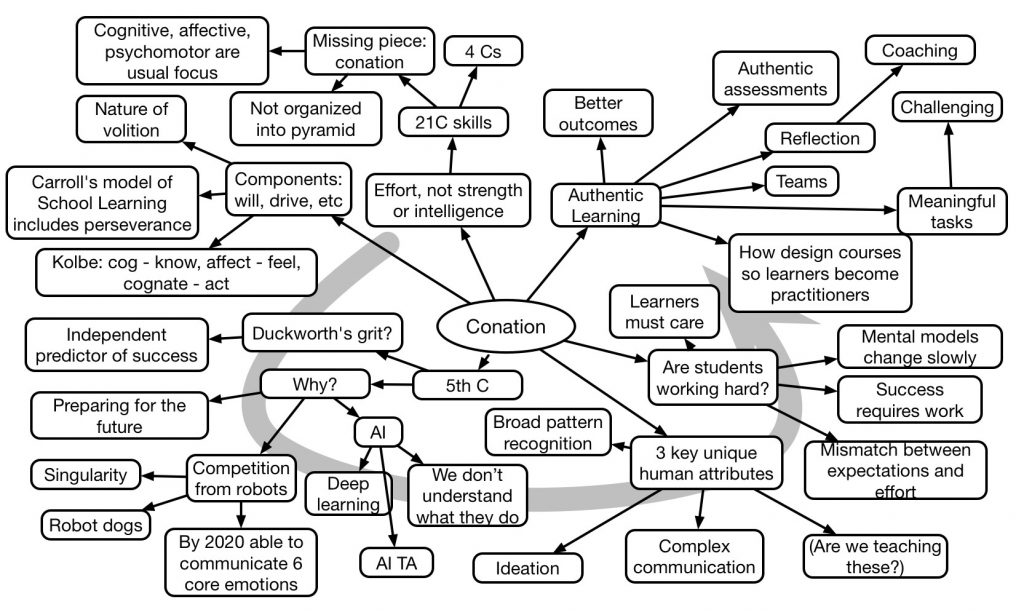As I mentioned in an earlier post, I have been using Safari and Google to traverse the networks. And in a comment, I mentioned that the recent launch of the new Firefox browser was prompting me to switch. And that’s now been put through a test, and I thought it instructive to share my learnings.
The rationale for the switch is that I don’t completely trust Google and Apple with my data. Or anyone, really, for that matter. On principle. I had used Safari over Chrome because I trust Apple a wee bit more, and Firefox was a bit slow. And Safari just released a version that stops videos from auto-starting. And similarly, Google’s search has been the best, and with a browser extension and some adjustments, I was getting ads blocked, tracking stopped, and more. Still, I wasn’t happy. And I hadn’t figured out how to do an image search with DuckDuckGo (something I do a fair bit) the last time I tried, so that hadn’t been a search option.
All this changed with the release of Firefox’s new Quantum browser. After a trial spin, the speed was good, as was the whole experience. Now, I want to have an integrated experience across my devices, so I downloaded the Firefox versions for my iDevices as well. And, as long as I was changing, I tried DuckDuckGo again, and found it did have browser search. So I made it my search engine as well.
And, after about a week of experience, I’m not sticking with Firefox. The desktop version is all I want, but the iDevice versions don’t cut it. I use my toolbar bookmarks a lot. Many times a day. And on the iDevices, they do synch, but…they’re buried behind four extra clicks. And that’s just not acceptable. The user experience kills it for me. Those versions also don’t take advantage of the revised code behind the new desktop version, but it wasn’t the speed that killed the deal. The point I want to make is that you have to look at the total experience, not just one or another in isolation. It’s time for an ecosystem perspective.
On the other hand, I’m still trying DuckDuckGo. It seems to have a good output on it’s hits. And the fact that they’re not tracking me is important. If I can avoid it, I will. Sure, my ISP still can track me, and so can Apple, but I’ll keep working on those. Oddly, it seems to return differently on different devices (?!?!). Still testing.
And, as long as we’re talking the net, I’m going to do something I don’t usually do here; I’m going to take a position on something besides learning. To do so, let me provide some context. I’ve been on the net since before there was a web. Way before. Circa 1978, I was able to send and receive email even though there wasn’t any internet. I was at a uni with ARPANET, however, so I had a taste. Roll forward a decade and more, and I was playing with Gopher and WAIS and USENET before Tim Berners-Lee had created http. That is, there were other protocols that preceded it. (In fact, I was blasé about the web at first, because of that; doh!) My point is that I’ve been leveraging the benefits of networks for a bloody long time.
And now we depend on it. The internet is the basis for elearning! And, of course, so much more. It has vastly accelerated our ability to interact. And while that’s created problems, it’s also enabled incredible benefits. Innovation flourishes when there are open standards. When people can build upon a solid and open foundation, creativity means new opportunity. Network effects are true for people and for data.
Which is why I’m firmly in the camp for net neutrality. This is important! (It must be, because I used bold, which I almost never do ;). The alternative, where providers will be able to throttle or even bar certain types of data will stifle innovation. It’s like plumbing, telephone, and electricity: they need to be available as long as you can pay your bill (and there need to be options to support those with limited incomes). Please, please, please let your elected representatives and the FCC know that this is important to you.






